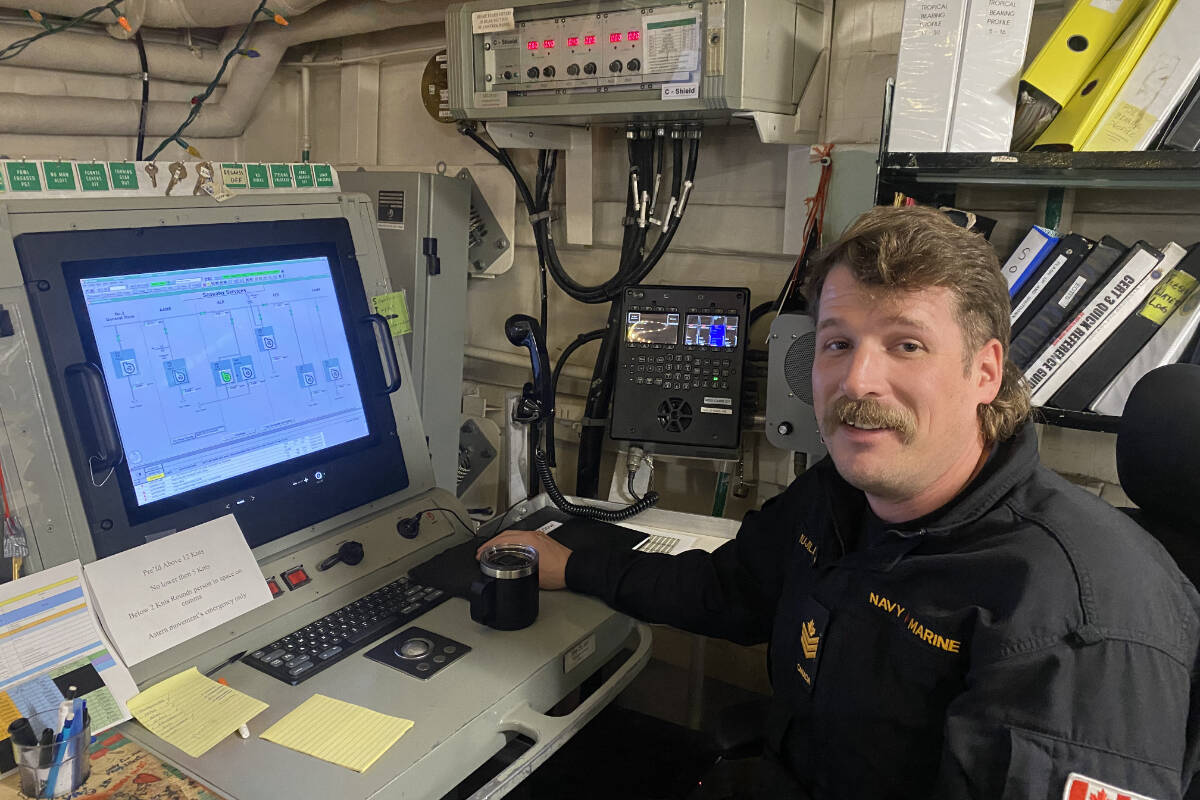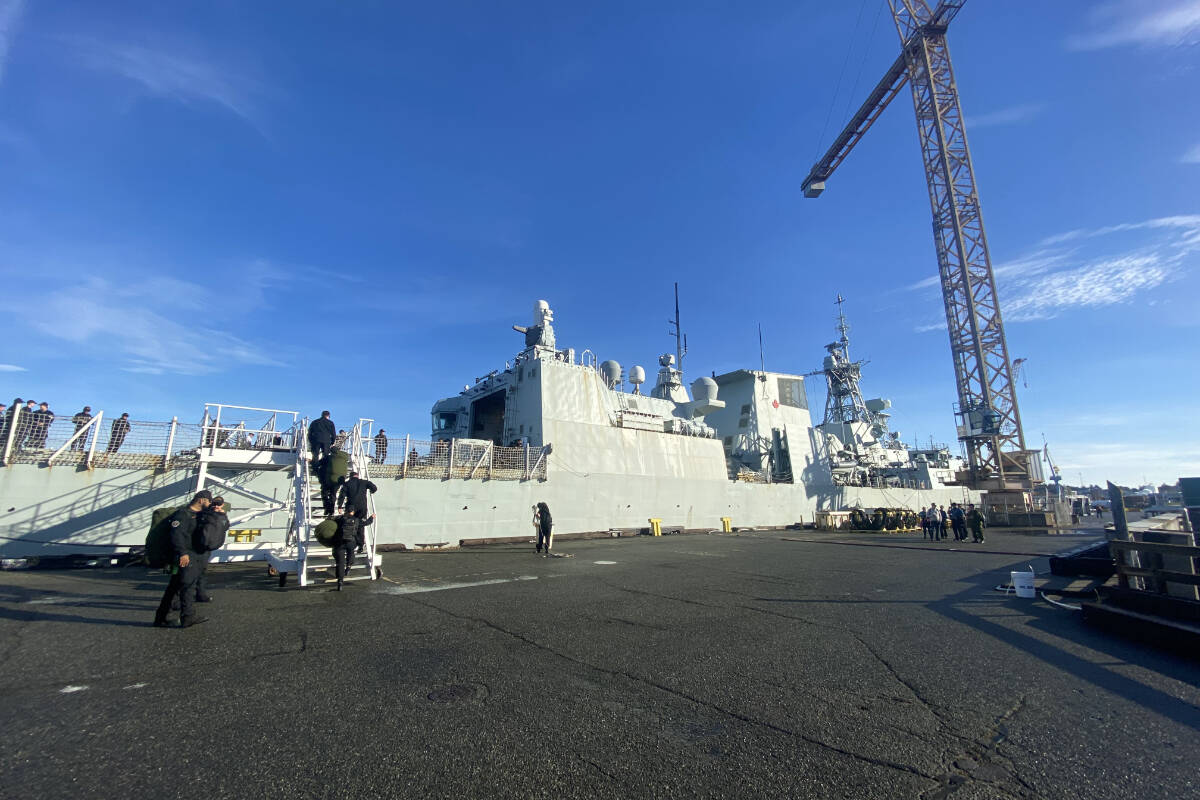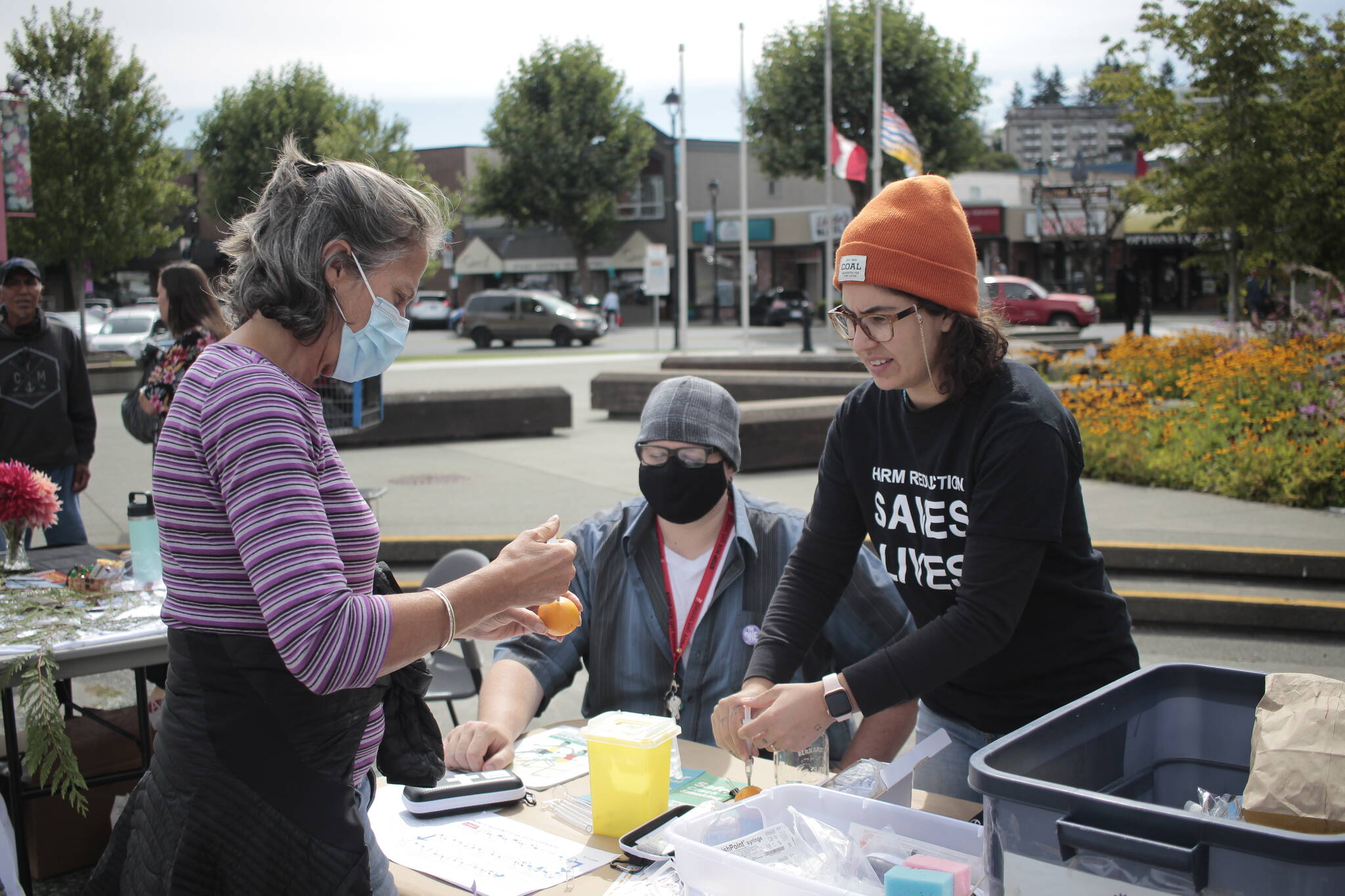HMCS Winnipeg is on its last week before it heads into dry dock for repairs.
But before the period of deep maintenance, the frigate has been on an important mission to stay relatively local in Greater Victoria and train new additions to the crew.
Vitalii Andrievskyi has trained in combat systems and often spends his time in the special operations room training for combat situations. Andrievskyi said he likes to “see how so many people get organized and work as one mechanism.”
Commander Vincent Pellerin, Commanding Officer of HMCS Winnipeg, has trained many like Andrievskyi.
“We’ve got a lot of new people who have just joined the navy that sometimes have done their training courses or are just waiting for them and they have experiential requirements that have tracked through our package like an apprentice does in the civilian world,” said Pellerin. “So we’ve been going out to sea and doing that to give them the opportunity to get that done and move on to the next stage in their career.”
Pellerin has enjoyed training the crew, with many now more employable.
“It’s great because people are coming with great energy. It’s satisfying to see that kind of enthusiasm. Sometimes when you’ve been in for a while something that is relativity mundane and routine, they’re getting excited about the mundane and routine and that’s fun to see.”
Pellerin’s days on the ship are divided into whether he is at sea or not. When not at sea, they’re in the harbour using HMCS Winnipeg as a floating workspace, but when at sea he is overseeing the team.
“It’s about the people,” he said. “It’s about taking care of the people because these are my 250 people I’m responsible for and I want to make sure they’re taken care of on a number of aspects. Whether it be their career or help with anything going on at home, I know I’m there to have the ability to make decisions or influence decisions to make sure that they are taken care of.”
ALSO READ: ‘Sad day’: Families say goodbye as Esquimalt ships sail across the Pacific
EsquimaltMilitaryRoyal Canadian Navy










